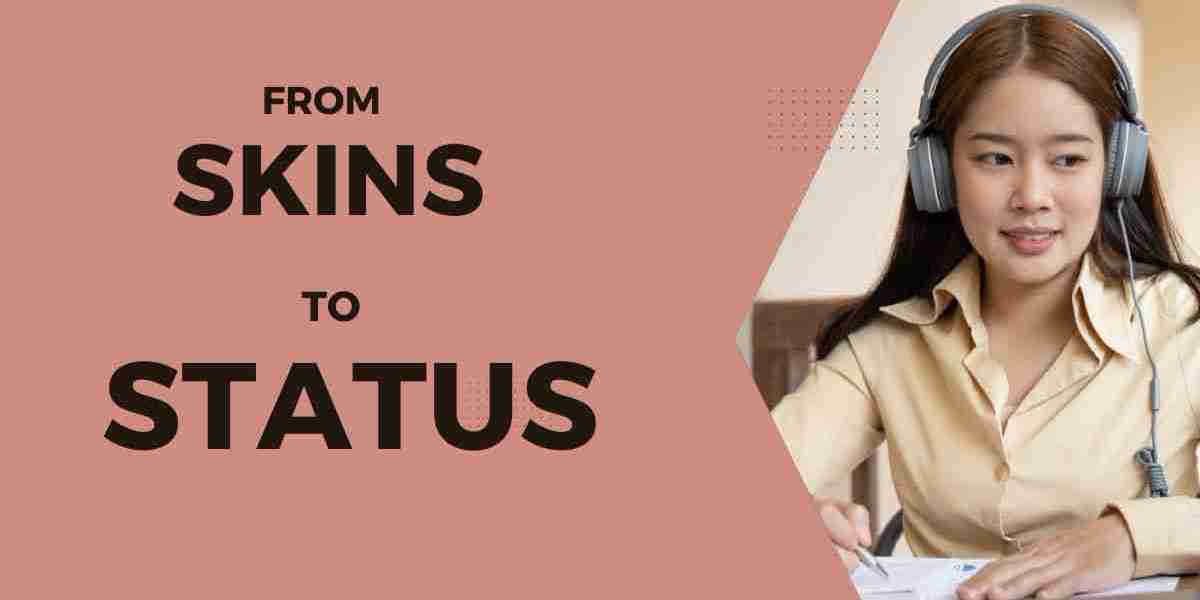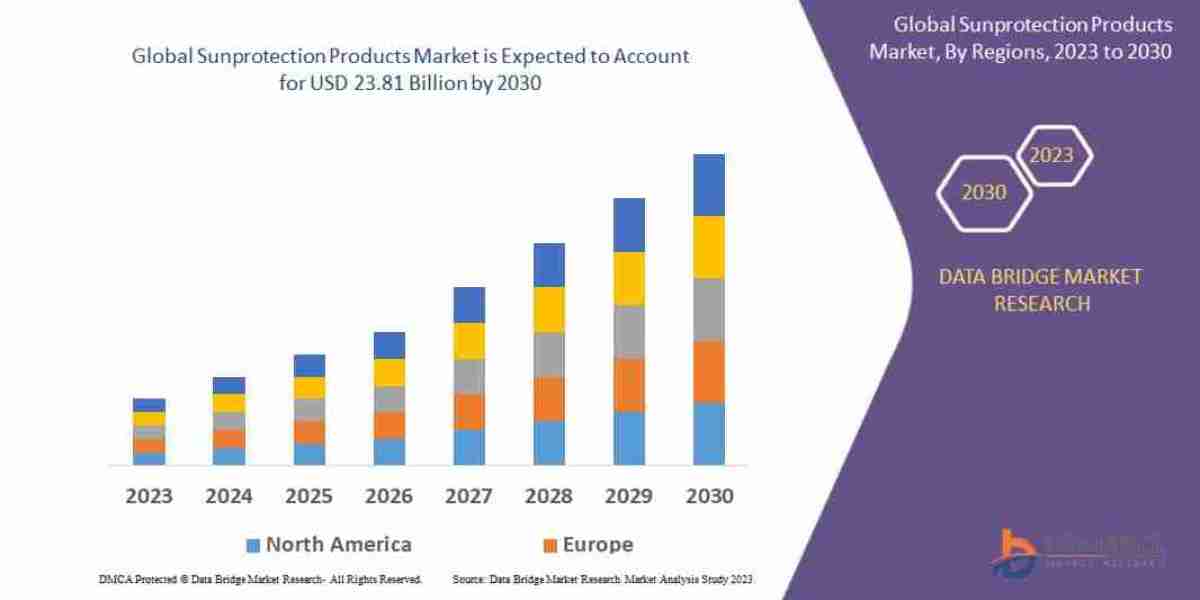What Are Digital Collectibles, Anyway?
Digital collectibles are unique, virtual items you can own, trade, or show off online. These can include:
- Skins and cosmetic items in games (like Fortnite or PUBG)
- Limited edition stickers, filters, or badges on social platforms
- Digital trading cards and artwork
- Branded virtual merchandise for avatars in platforms like Roblox, ZEPETO, or Decentraland
- Custom emotes and badges on streaming platforms like Twitch
Unlike physical goods, they don’t collect dust—but they do collect attention.
Why Are They So Popular?
Digital collectibles tap into three very human instincts:
- The desire to express identity (your profile, your avatar, your taste).
- The thrill of exclusivity (owning what others can’t).
- The fun of collecting (with none of the storage headaches).
The Gen Z audience especially finds value in digital self-expression. When your world exists across profiles, games, and virtual hangouts, how your avatar looks or which digital badge you flaunt matters as much—sometimes more—than real-world fashion.
Gaming: The Original Playground
Video games were among the first environments where virtual goods took off. From weapon skins in Counter-Strike to character outfits in Genshin Impact, gamers have been shelling out real money for pixels for years.
And here’s the kicker—it’s not just about aesthetics. Digital items often symbolize skill level, dedication, or community loyalty. A rare skin isn’t just flashy—it’s flexy.
Game developers, in turn, have embraced this model. Free-to-play titles now thrive on in-game purchases, creating economies around these virtual goods. And with cross-game avatars on the horizon, your collectible may one day travel with you between digital universes.
Social Media: Likes, Filters, and Digital Flair
Platforms like Snapchat, Instagram, and TikTok now offer collectible effects, AR filters, and branded merch drops. Digital creators sell everything from exclusive stickers to downloadable experiences.
YouTube channels and Twitch streams reward loyal followers with digital badges, animated emotes, and more—tokens of participation and support that become socially significant inside each creator’s niche community.
When attention is currency, collectibles become clout.
Not Just for Fun: Real Money in Virtual Things
Some collectibles aren’t just for self-expression—they’re investments. Limited-edition digital sneakers, trading cards, or even virtual fashion items have sold for thousands of dollars. While this market is complex (and sometimes controversial), the core idea is intriguing: owning something unique, verifiable, and digital has actual value.
Digital fashion, for example, is exploding. Brands like Nike, Gucci, and Adidas are designing clothes not for humans, but for avatars. These virtual goods often launch through limited drops and collaborations, creating hype, scarcity, and massive resale markets.
The Power of Digital Identity
For creators and influencers, digital goods are more than merch—they’re tools of identity-building. Selling a custom filter, a digital pin, or an avatar outfit builds deeper brand loyalty and gives followers a way to say “I belong.”
In communities built on niche interests—like anime fandoms, gaming guilds, or indie music fans—wearing the “right” digital collectible becomes a symbol of belonging, sometimes even unlocking access to private chats, events, or content.
What Makes a Digital Collectible Meaningful?
It’s not the price tag. It’s the story. The badge you earned for surviving a game’s first season. The AR glasses your avatar wears because you attended a virtual concert. The quirky emote that only OG fans have.
These aren’t just artifacts. They’re memories—encoded in pixels.
The Future: Interoperability and the Open Avatar
As digital spaces grow, so does the idea of interoperable identity. The vision? A world where your virtual goods follow you from Instagram to Discord to the next big VR hangout.
Imagine owning a hoodie your avatar wears on ZEPETO, and that same hoodie shows up on your TikTok AI twin. Or unlocking a digital collectible from a brand campaign and redeeming it for real-world perks.
Suddenly, your digital inventory isn’t just entertainment—it’s ecosystem equity.
Conclusion: The New Personal Archive
Digital collectibles are more than tech fads. They’re a new form of selfhood, shaped by online communities and powered by a love for storytelling, design, and connection.
As the online world becomes richer and more interactive, our virtual goods won’t just be pretty things. They’ll be artifacts of memory, creativity, and culture. One badge at a time, we're building our digital wardrobes, our timelines, and maybe—our legacies.









